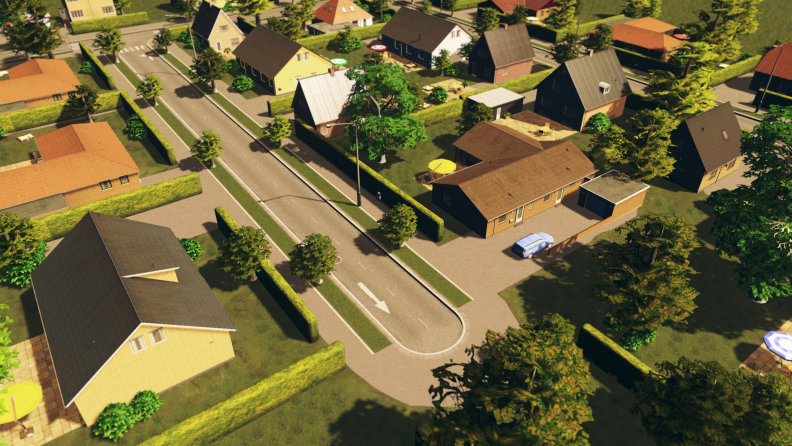
(Occasionally they don't have one or the other.) Because these tiles would be replacing existing base game (or Inc) tiles, some of the standard benefits had to be available, such as adding income and reputation. Most tiles have two benefits: an instant benefit and a conditional benefit. (In Suburbia, each color represents a major "kind" of building: Blue for Commercial, Green for Residential, Yellow for Industrial, and Gray for Civic.) I had to be a little bit flexible in doing this eventually as tourist destinations are likely to be commercial more than not.Īfter that, it was time to assign benefits to the tiles. When figuring out the attributes of the tiles, the first thing to do was to assign them a color.

For reference, both the base game and Suburbia Inc have at least two copies of each tile, so having unique tiles is indeed something quite different. With that in mind, I set out to create fifty new, unique building tiles that would keep gameplay fresh and even more fun than the base game. I thought it would make cities much more interesting, if, as in real life, they had a few notable destinations that were unique to each of them, actual reasons you'd want to visit those cities, and as a result, might end up settling there.

In this particular case, the theme of the expansion (tourism) was at the forefront. However, I put that aside and focused on the other aspect of the expansion: new tiles. The five-player part was kinda done, but there was this nagging feeling that it could be better. Suburbia Inc was released, people seemed pretty happy with the new borders, bonuses, and challenges, as well as the new set of tiles, but I kept hearing requests for two things: (1) the ability to add a fifth player and (2) even more tiles to keep cities more interesting and unique - and that's what Suburbia 5★ ended up delivering, in a way that combined the two features but allows them to exist separately if players want to. Given that, the production cost of adding wood bits to a non-boxed expansion, and Lookout (the German publisher of Suburbia) questioning the concept of five players - it seems that this isn't so much an issue in Germany I'll have to look into the cultural reasons at some point - the five-player portion was scrapped from the expansion.

Suburbia Inc was initially tested with five players, and during that time one of the critical discoveries was that the Market board - the big triangle that has the tiles priced below it - needed at least one extra slot for five players.įive players worked, but it tended to be slower than I was comfortable with. While designing/developing Suburbia Inc, the first expansion to Suburbia, I was dead set on providing a five-player version of the game as it was something that several people asked for when Suburbia was released.


 0 kommentar(er)
0 kommentar(er)
